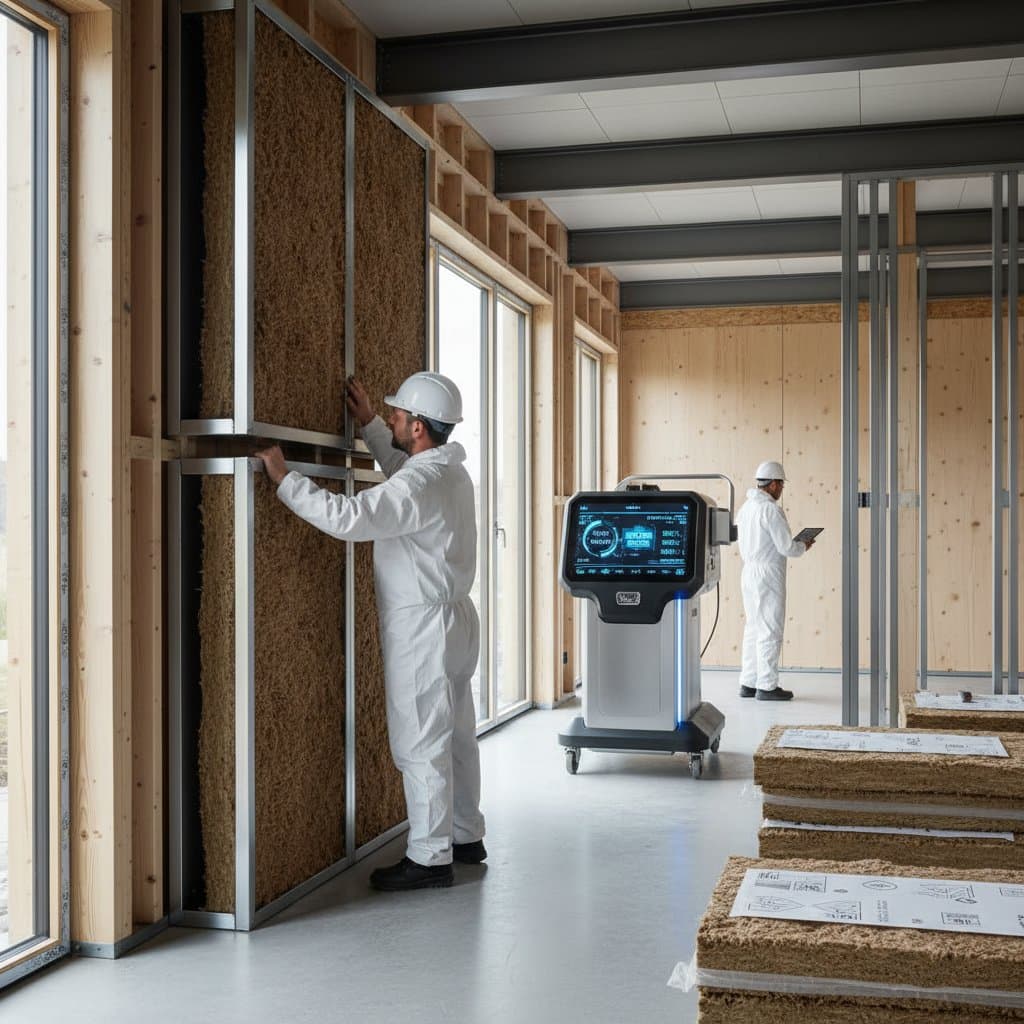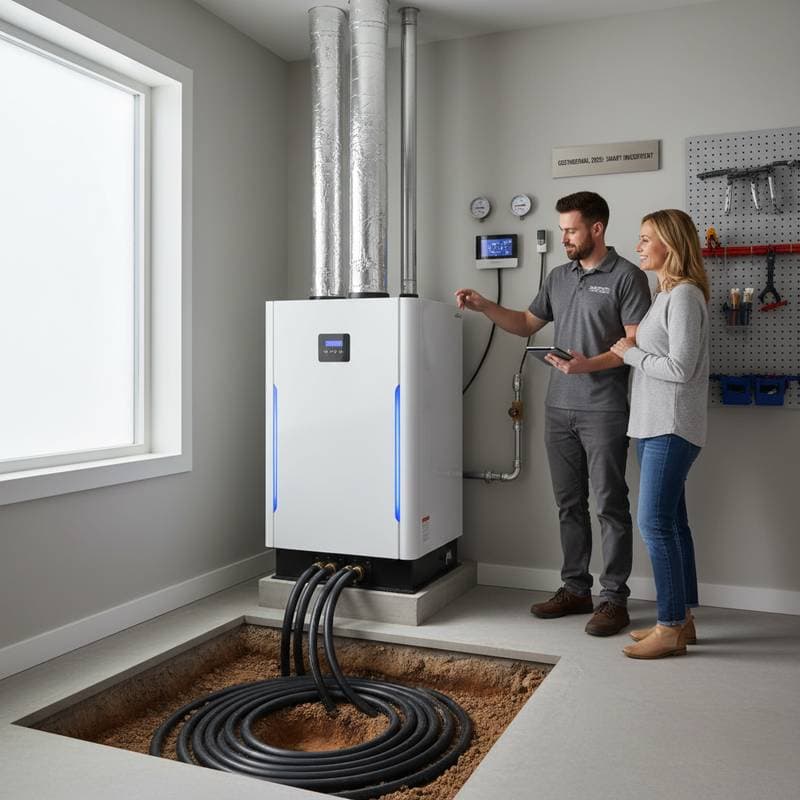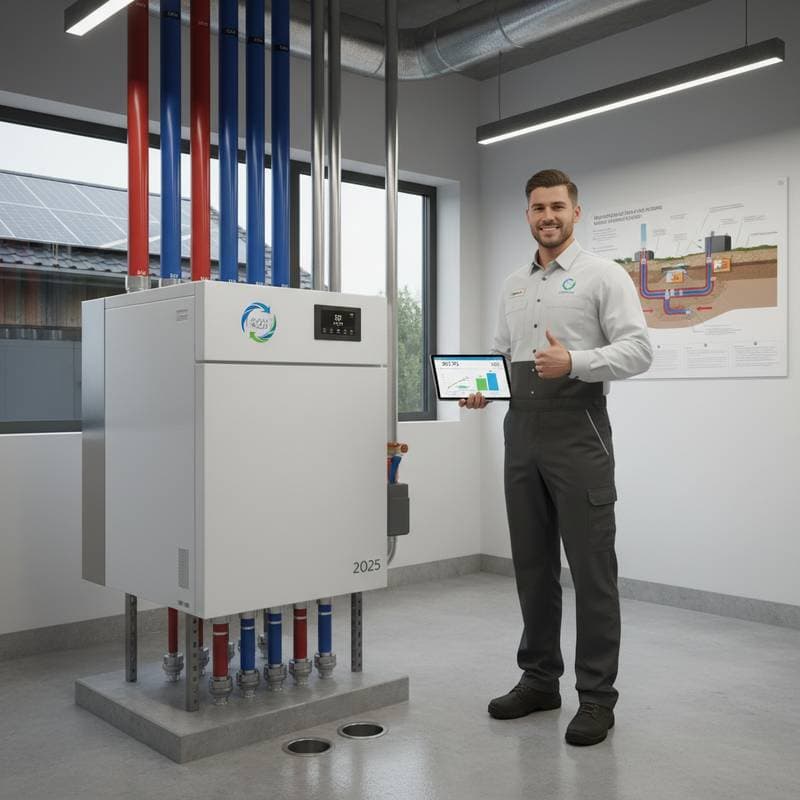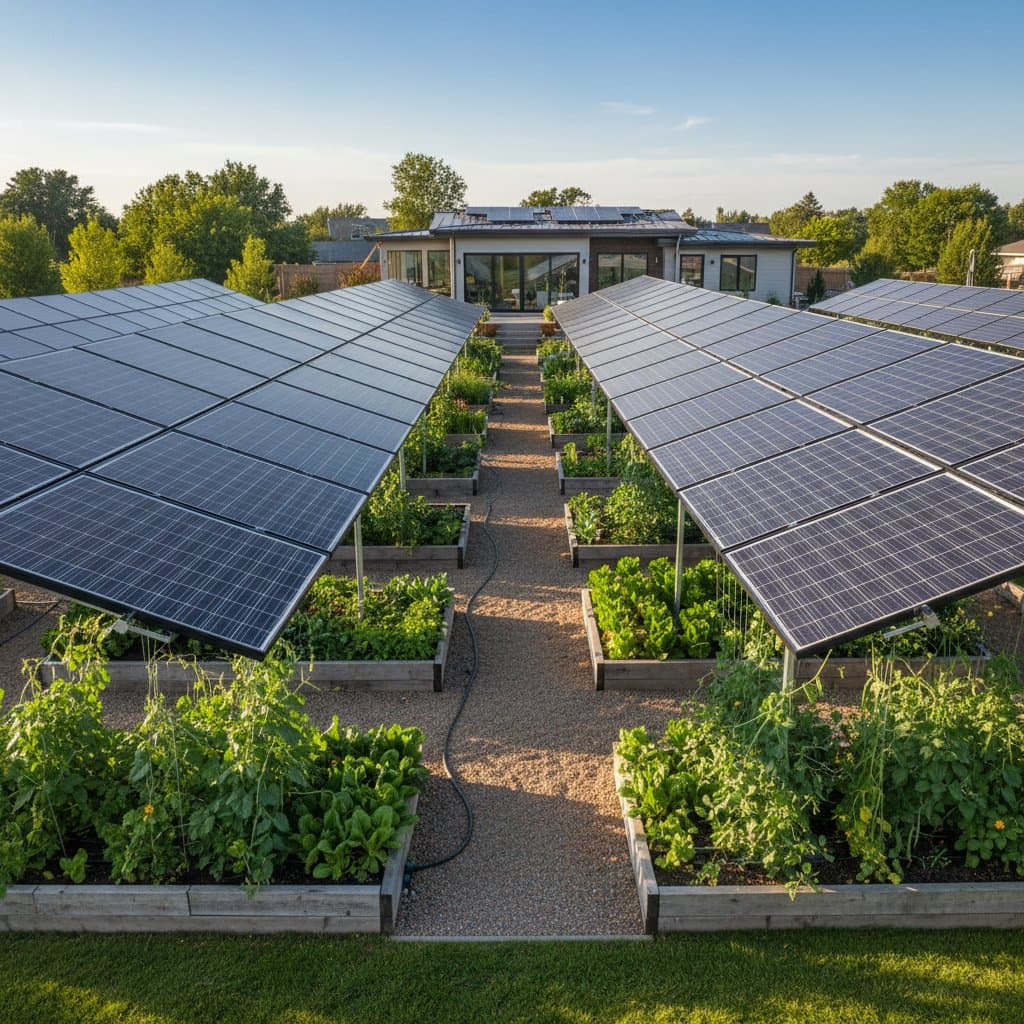Geothermal Systems Cost 50% Less in 2025
Geothermal Costs Drop 50% in 2025: Uncover the Savings
Heating and cooling systems often operate out of sight, yet they influence daily comfort and expenses significantly. Geothermal heat pumps, which utilize stable underground temperatures, now draw widespread interest due to a 50% reduction in installation costs. This development enables homeowners to lower energy bills and reduce carbon footprints through a reliable, efficient technology.
Essential Benefits
- Installation costs for geothermal systems have decreased by approximately 50%, positioning them as alternatives to traditional high-efficiency furnaces and air conditioners.
- Annual energy savings range from 40% to 65%, influenced by local climate and home insulation levels.
- Federal tax credits and regional rebates cover up to 30% of installation expenses.
- Interior components last over 20 years, while ground loops endure up to 50 years, minimizing ongoing maintenance needs.
- Advances in drilling methods and modular designs accelerate installation and enhance affordability.
The Mechanics of Geothermal Savings
Geothermal systems function by exchanging heat with the earth's consistent subsurface temperature rather than producing heat through combustion. This approach demands less electricity to regulate indoor conditions, leading to substantial efficiency gains.
Cost and Performance Comparison
| System Type | Upfront Cost Range | Annual Savings Potential | Lifespan | Maintenance Schedule |
|---|---|---|---|---|
| Gas Furnace + AC | $10,000 - $14,000 | Baseline | 15 years | Annual |
| Air Source Heat Pump | $8,000 - $12,000 | 20% - 35% | 15 years | Annual |
| Geothermal Heat Pump | $8,000 - $15,000 | 40% - 65% | 20+ years | Biennial |
The superior efficiency of geothermal systems recoups the initial outlay over time. Homeowners typically experience payback within 5 to 8 years, after which ongoing operations generate pure savings.
Research from the U.S. Department of Energy indicates that a 2,000-square-foot residence equipped with geothermal technology saves about $1,200 yearly versus standard systems. Incorporating tax incentives elevates the annual return on investment above 10%, comparable to top-tier home upgrades.
Steps to Assess Geothermal Suitability for Your Property
Determine compatibility before proceeding with installation. Several site-specific elements affect both expense and effectiveness.
Conduct a Site Evaluation
Engage a certified professional to examine soil type, groundwater levels, and yard dimensions. Clay or loamy soils enhance heat retention for optimal performance, whereas sandy varieties may require adjustments. Properties with sufficient open space accommodate horizontal loops at lower costs; limited areas necessitate vertical loops drilled deep into the earth.
Review Home Insulation Standards
Verify that insulation meets current efficiency benchmarks prior to installation. Address drafts and upgrade barriers to shrink the necessary system capacity, thereby cutting costs and boosting longevity.
Secure Detailed Quotes
Collect proposals from at least three accredited contractors. Insist on a Manual J load calculation to quantify exact heating and cooling requirements, facilitating precise comparisons.
Calculate Financing and Returns
Employ an online payback tool or create a basic spreadsheet to forecast savings against loan terms. Positive cash flow emerges when monthly reductions surpass payments from the outset.
Geothermal Versus Alternative Renewables
Geothermal stands alongside solar panels and air source heat pumps in sustainable heating options, each offering unique strengths.
| Technology | Main Advantage | Notable Drawback | Ideal Application |
|---|---|---|---|
| Geothermal | Superior efficiency, year-round reliability | Elevated initial expense | Harsh winters, spacious homes |
| Air Source Heat Pump | Affordable entry, simple upgrades | Performance dips in severe cold | Temperate regions |
| Solar Photovoltaic | On-site power generation | Relies on solar exposure | Sunny rooftops |
Integrating geothermal with solar maximizes benefits, as panels supply electricity to the heat pump, potentially achieving zero utility expenses. Numerous installations result in fully offset bills.
Insights from Specialists
Experts emphasize informed decision-making to accelerate geothermal adoption. Dr. Elena Ruiz, a renewable energy specialist, explains, "Homeowners grasp the value when they recognize that geothermal exploits natural thermal gradients rather than creating heat anew."
Dan Keller, an experienced HVAC installer, adds, "Recent cost declines revolutionize the field. Installations that once spanned two weeks now conclude in four days, passing direct savings to clients."
These views highlight geothermal's evolution into an accessible, everyday choice.
Proceed with Geothermal Installation
Start the process by scheduling an energy audit with a qualified specialist. Leverage the findings to select appropriate system scale, pricing, and efficiency projections. Coordinate with insulation enhancements to optimize results.
Monitor available rebates closely, as funds deplete quickly each year. File applications promptly to secure maximum support. Consider participation in community energy groups for potential bulk pricing on setups.
Post-installation, monitor utility statements for the initial year. Reductions appear swiftly, often in the first billing cycle, alongside enhanced comfort levels.
This cost reduction elevates geothermal to a viable option for standard households. Through strategic preparation, expert execution, and incentive utilization, secure enduring savings and reliable climate control.








